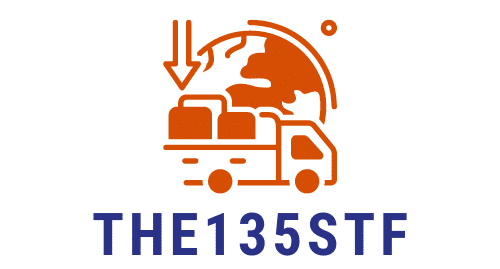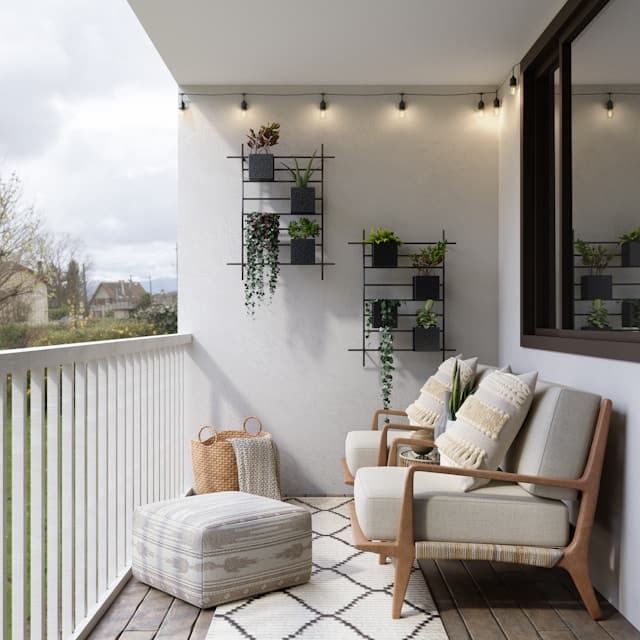The world is in an energy revolution. With the growing concern over climate change and the finite supply of fossil fuels, more and more people are seeking renewable sources of energy. Wind power is one such source that has been harnessed for centuries. Today, with advances in technology, that power is easier to capture than ever before. From towering wind farms to small wind turbines for the home, wind energy is a viable and eco-friendly choice. But how does one go about installing a home wind turbine, especially in an urban setting? This will be our focus.
Understanding the Basics of Wind Power
Wind power seems deceptively simple. The wind turns the blades of a turbine, which spins a shaft connected to a generator, creating electricity. But there’s more to it than that. Before we delve into the installation process, it’s crucial that you understand the mechanics behind it.
A voir aussi : How Can You Design a Space-Saving Indoor Bike Storage Solution?
A wind turbine’s efficacy depends on many factors, primarily the wind speed and the turbine’s size. The average wind speed in your location is critical to generating power. Generally, you need an average wind speed of at least 12-14 km/h for a wind turbine to be viable.
Wind power is considered renewable energy, just like solar power. This means that it does not deplete natural resources and is continually replenished. Both solar and wind power systems can be beneficial for your home, and many homeowners opt for a hybrid system for consistent power production.
A lire également : What’s the Best Way to Soundproof a Home Office for Podcast Recording?
Evaluating the Site for a Wind Turbine Installation
Before installing a wind turbine at your home, you need to assess the site’s suitability. The average wind speed, obstacles like buildings or trees, and local zoning regulations all play a role in this assessment.
Not every urban site will be suitable for a wind turbine. Buildings and other structures can create wind turbulence, reducing the wind speed and making the site less viable for a wind turbine. Therefore, it’s essential to conduct a wind resource assessment to evaluate the average wind speed at your site.
Local zoning regulations should also be considered. Some urban areas have height restrictions that may prevent you from erecting a tall wind tower. You may need to get permission from your local authority before you can install a wind turbine at your home.
Choosing the Right Wind Turbine for Your Home
The next step is to choose the right wind turbine for your home. The size and cost of the turbine will depend on your energy needs, the average wind speed at your site, and your budget.
Small wind turbines are usually rated by their power output at a specific wind speed. The power output can range from a few hundred watts to several kilowatts. The more power your home needs, the bigger the wind turbine you will require.
The cost of a home wind turbine can vary widely, depending on the size, type, and installation costs. On average, small wind turbines can cost between $3,000 and $8,000 per kilowatt of capacity. This does not include the cost of installation or the possible need for a storage system if you are not connected to a utility grid.
Installing the Wind Turbine
Once you’ve chosen your wind turbine, it’s time to install it. Mounting a wind turbine at your home can be a complex process, and it’s usually best left to professionals. The installation involves setting up the wind turbine tower, installing the turbine, and connecting it to your home’s electrical system.
The tower is perhaps the most crucial component in the installation process. It elevates the turbine above any nearby obstacles to catch the most wind. Towers are typically made of steel and can be free-standing or guyed.
Connecting the wind turbine to your home’s electrical system is the final step. If your home is connected to the utility grid, you can opt for a grid-tied system. This system allows you to feed any excess power back into the grid, potentially offsetting your utility bills.
Remember, installing a wind turbine is an investment. It may take several years for the system to pay back its cost in energy savings. However, with the right planning and installation, a wind turbine can provide a sustainable, renewable source of energy for your home in the long term.
Maintaining Your Home Wind Turbine
After successfully installing your wind turbine, consistent maintenance is key to ensure its longevity and optimal performance. Although wind turbines are designed for durability and can last for decades, they require regular inspections for wear and tear, especially after severe weather conditions.
To begin with, you want to check your wind turbine’s rotor blades frequently for any signs of erosion, cracking, or other damage. Damaged blades can reduce the efficiency of your wind turbine, leading to less power generation. It’s also crucial to check the tower’s stability and all the electrical connections and cables for any signs of wear or corrosion.
Moreover, a professional should inspect the wind turbine at least once every year to ensure it’s working efficiently. This inspection should include checking the brake system, the electrical system, and the overall structural integrity of the wind turbine. If the inspection reveals any issues, they should be addressed immediately to prevent any further damage.
Furthermore, you should always remain aware of your locality’s noise and visual impact regulations. Even though you might love your wind turbine, your neighbors might not. A well-maintained and noiseless turbine can go a long way in maintaining good relations with those around you. After all, a quiet and efficient wind turbine is a happy wind turbine!
The Long-term Benefits of a Home Wind Turbine
While the initial investment for a home wind turbine might be substantial, the long-term benefits of harnessing wind energy are plentiful. One of the most appealing factors is the opportunity to generate your own power and lower your energy bills. In some cases, if your turbine generates more power than your home uses, you might even be able to sell the excess power back to the grid.
Beyond the financial benefits, wind turbines contribute significantly to the preservation of the environment. Wind power is a renewable energy source, meaning it does not deplete the earth’s resources or produce harmful emissions. By choosing wind power, you’re supporting a cleaner, greener future for the planet.
Moreover, with the emerging trend of energy independence, having a wind turbine at your home adds value to your property. It shows your commitment towards sustainable living, making your property attractive to potential buyers who are mindful of their carbon footprint.
Conclusion
In conclusion, installing a wind turbine in an urban setting might be a challenging endeavor but it’s certainly not impossible. With careful planning, site evaluation, and professional installation, you can harness the power of the wind to generate electricity for your home. Not only will this reduce your dependence on fossil fuels, but it also supports the global movement towards renewable energy. Despite the upfront costs and maintenance required, the long-term benefits of having a home wind turbine make it a worthwhile investment. It’s a significant step towards a more sustainable and energy-efficient future, showing your love and support for a cleaner, greener Earth. Remember, your contribution today, no matter how small, can make a lasting impact on the world of tomorrow.






